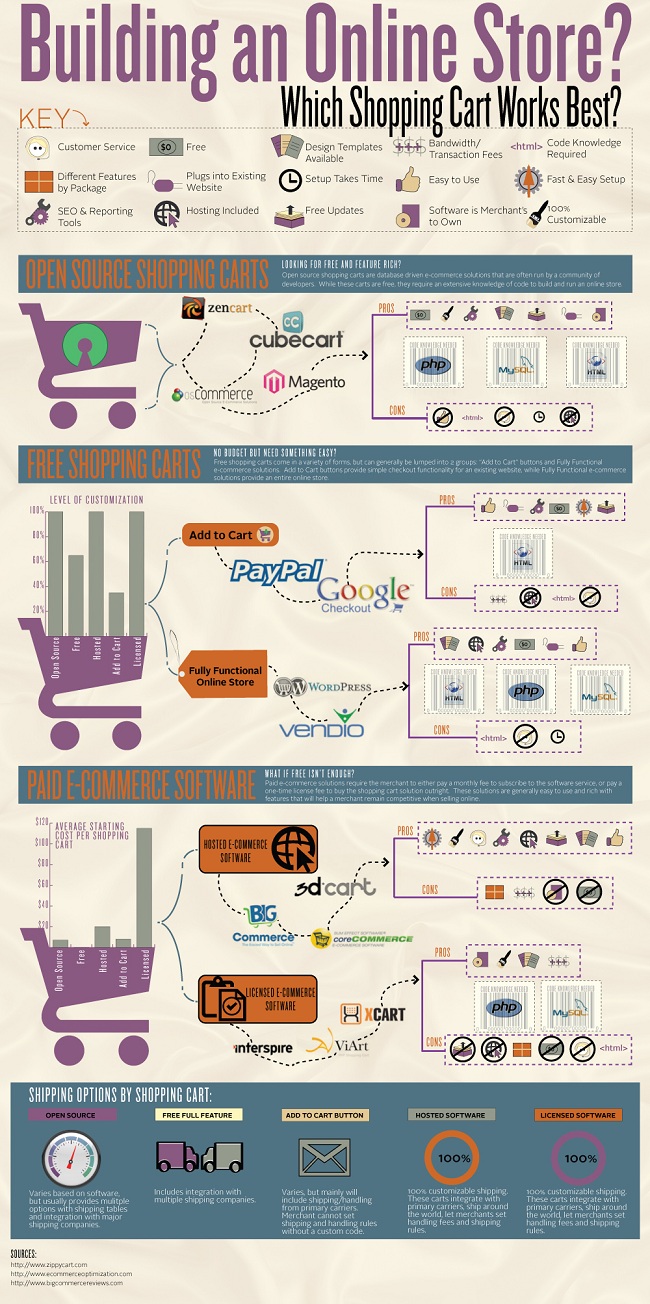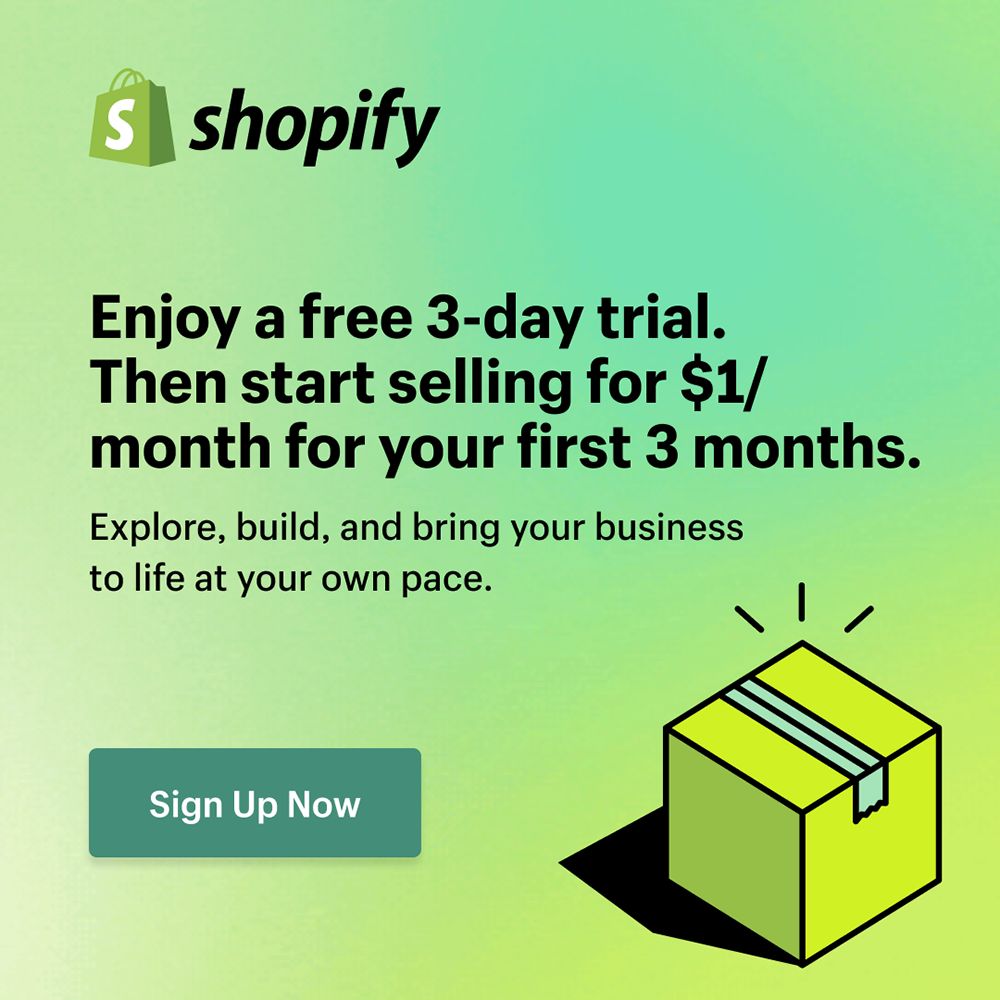![Which Shopping Cart Works Best? [Infographic]](https://www.shopping-cart-migration.com/wp-content/uploads/c2c_blog_featured1.png)
In the last few years eCommerce became a popular way to make your business. The costs are minimal and you can reach a client in any part of the world. For many people Internet trade became the easiest and fastest way to start earning money. However, while establishing a store most of merchants don’t have an idea where to start from. Consulting a Universal eCommerce Migration Checklist can provide a clear starting point. For instance, selecting a shopping cart software to power a shop may become a crucial decision but some of entrepreneurs don’t even know what is eCommerce platform.
Open source and hosted, free and paid, licensed and so much more solutions to choose from. It’s so easy to get confused with this wide range of options. What is the difference between Magento shopping cart and BigCommerce cart? How establishing and running Zen Cart store differs from managing osCommerce shop? Answers to these questions may help you establish successful and profitable online business.
In order to simplify your decision making process, we offer you to check this infographic from Visual.ly. It provides a historical overview of beneficial peculiarities and considerable drawbacks of various shopping cart types.

Now you know what is shopping cart. Moreover, infographic has revealed what are the key pros and cons of most popular options. To start your migration journey, forewarned is forearmed. So, think about which platform will suit your business needs best and go for it!
Monthly Update – December 2025
As 2025 draws to a close, the integration of Artificial Intelligence (AI) and advanced analytics has become indispensable for thriving in the competitive e-commerce landscape. Retailers are leveraging AI for hyper-personalization, from dynamic product recommendations to predictive inventory management, significantly enhancing the customer journey and operational efficiency. AI-driven chatbots are revolutionizing customer service, providing instant support and freeing up human agents for complex queries. Furthermore, sophisticated analytics tools offer deep insights into consumer behavior, allowing businesses to anticipate market trends, optimize pricing strategies, and refine marketing campaigns with unprecedented precision. For merchants contemplating a platform migration, selecting a system that offers robust AI integration capabilities or a flexible API for connecting with specialized AI services is paramount. This forward-thinking approach ensures that your new store is not just a transactional hub, but an intelligent, adaptive ecosystem capable of delivering highly engaging and personalized experiences. Preparing your data for AI compatibility during migration, including clean product data and comprehensive customer profiles, will unlock significant competitive advantages in the coming year. For more details, explore our FAQ section or schedule a call with a migration expert.




Comment by good
It’s exhausting to find educated people on this matter, however you sound like you know what you’re speaking about! Thanks
Comment by Iryna Kravchuk
Hi! Thank you a lot for your feedback. We would be glad to hear from you more.